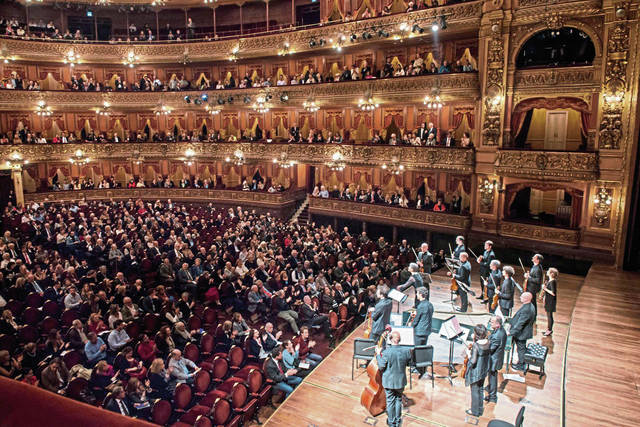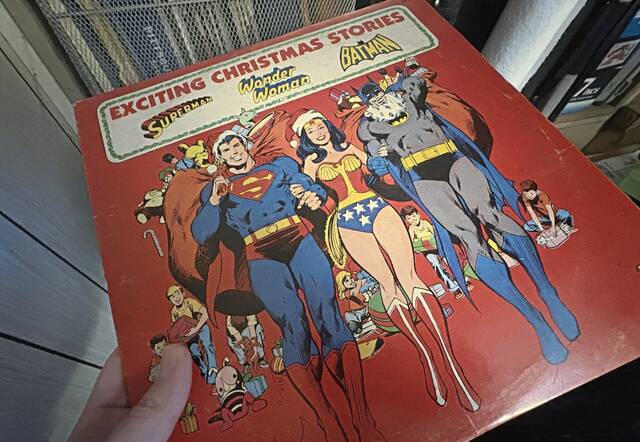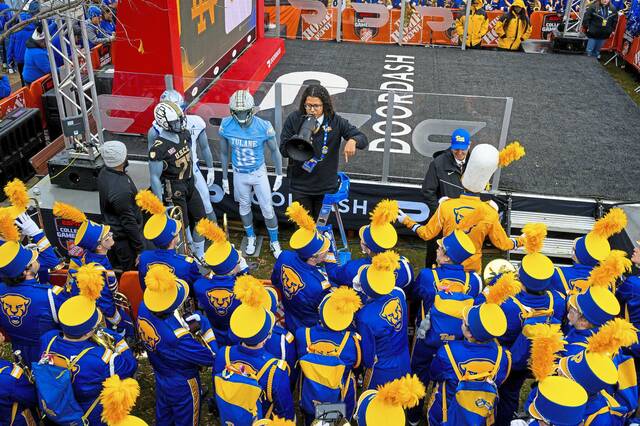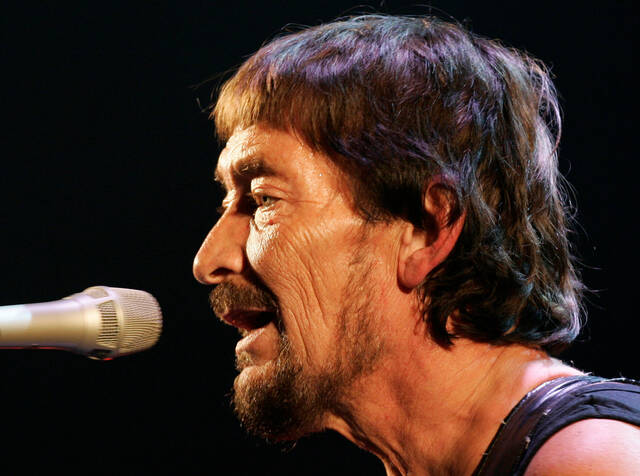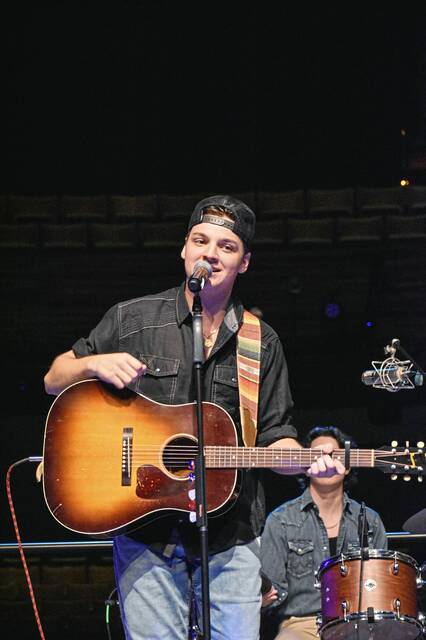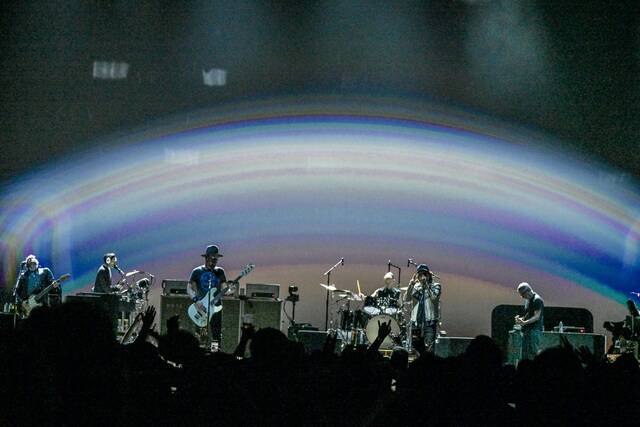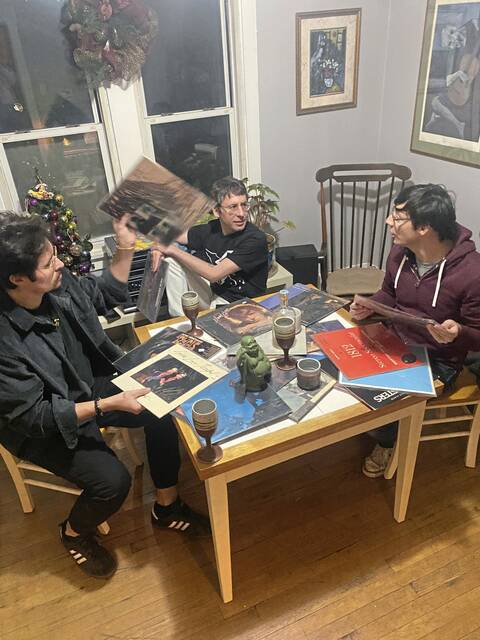Touring solo artists come to Western Pennsylvania almost every week of the concert season. Touring orchestras, by contrast, are a real rarity.
Yes, Gustav Mahler and the New York Philharmonic played in Pittsburgh before World War I, and Leonard Bernstein and the Vienna Philharmonic came here more than 30 years ago.
More recently it’s been mostly the Renaissance and Baroque concert series, now allied with Chatham Baroque, that earn our gratitude for bringing in touring orchestras.
The Venice Baroque Orchestra will perform a program called “Vivaldi and the Apotheosis of the Concerto in the 18th Century” on Feb. 29 at Pittsburgh’s Carnegie Music Hall in Oakland.
Andrew Fouts is keyed up for the Venice Baroque concert. He and his colleagues in Chatham Baroque are mainly responsible for local concerts which present baroque music in historically informed style on period-style instruments.
Particular sound
“There’s a particular sound amongst these Italian Early Music groups, whether it’s Venice Baroque Orchestra or Il Giardino Armonico or Accademia Bizantina,” Fouts says. “They all have this super high-energy, driven, incredibly extroverted and bright quality of sound. The playing is very physical. I’m so curious. I can’t wait to hear them.”
The Venice Baroque Orchestra was founded in 1997 by harpsichordist and scholar Andrea Marcon and soon thereafter became an international sensation. Its Sony Classical recording of Antonio Vivaldi’s “The Four Seasons” with Giuliano Carmignola as soloist in that set of four concertos was both a best-seller and hugely influential.
Vivaldi, who was born in Venice and worked there much of his life, was a prolific and influential composer. He wrote more than 500 concertos, more than 40 operas and a large amount of religious music. He taught for many years at an orphanage in Venice, where his girls’ orchestra gained fame for its excellence.
Vivaldi was also an ordained Roman Catholic priest, known as the “red priest” because of the color of his hair.
His mastery of the concerto form was literally exemplary. Johann Sebastian Bach studied Vivaldi’s music and even made arrangements of some of the concertos. Bach’s “Italian Concerto” is especially interesting, because it’s a concerto for a solo instrument, harpsichord. It shows in sound that a concerto is about a solo voice standing out from a massed voice.
Vivaldi’s variety
The Venice Baroque Orchestra program will showcase the variety Vivaldi achieved in concertos for both the character of the orchestral ideas that set each piece going and for the fantasy and virtuosity of the solo writing.
Some of the contrasts will be due to the particular soloist instruments – violin and cello either alone or in pairs. In other cases, Vivaldi’s fresh thinking breaks the mold.
The Concerto for Two Cellos, in the second half of the concert, begins with the soloists rather than full orchestra. This concerto also has a particularly beautiful slow movement.
The concert will conclude with a popular piece by another Italian baroque composer, Francesco Geminiani. His Concerto grosso in D minor is based on Arcangelo Correlli’s violin sonata using the popular tune “La Folia,” but arranged on the concerto principle of contrasting solo voices with the full ensemble.


